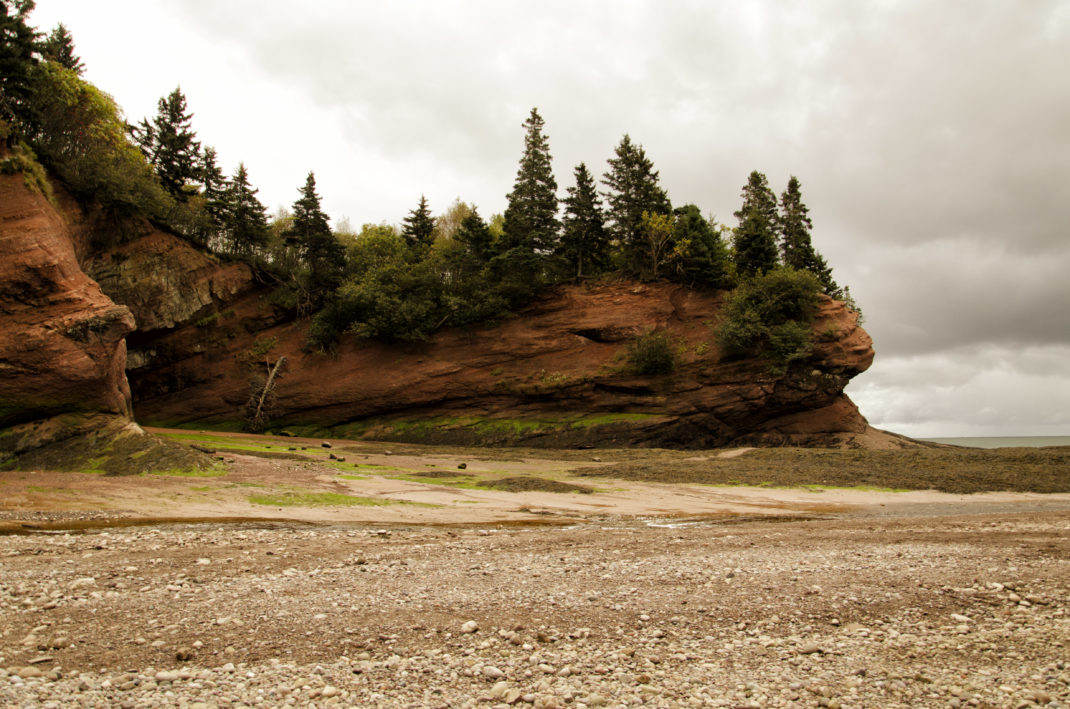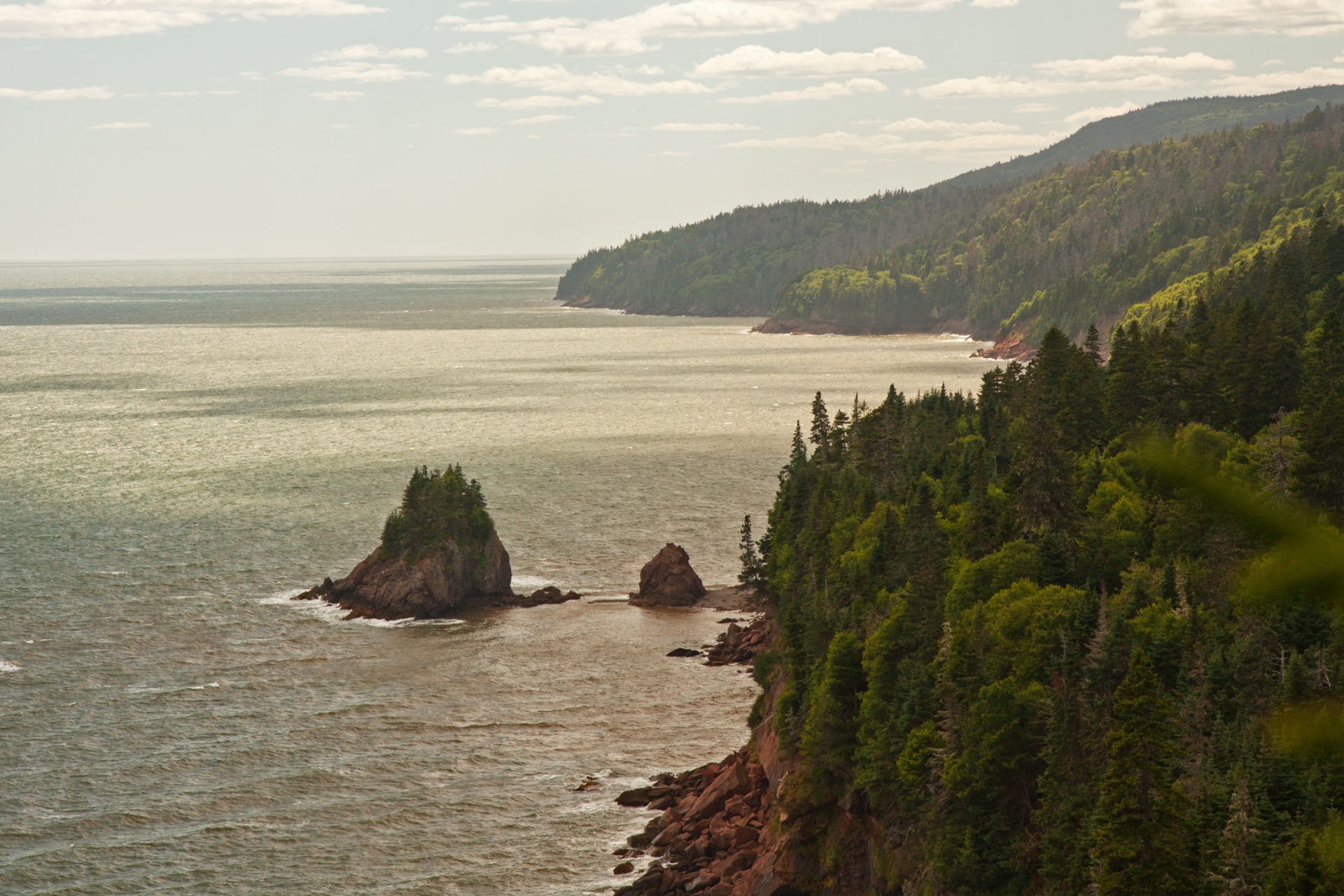One of the 28 Finalists
Bay of Fundy
New Brunswick & Nova Scotia, Canada
The Bay of Fundy (French: Baie de Fundy) is a bay on the Atlantic coast of North America, on the northeast end of the Gulf of Maine between the Canadian provinces of New Brunswick and Nova Scotia, with a small portion touching the U.S. state of Maine. Some sources believe the name “Fundy” is a corruption of the French word Fendu, meaning “split”, while others believe it comes from the Portuguese funda, meaning “deep”. The bay was also named Baie Française (French Bay) by explorer-cartographer Samuel de Champlain during a 1604 expedition led by Pierre Dugua, Sieur de Monts which resulted in a failed settlement attempt on St. Croix Island.
The Bay of Fundy is known for having the highest tidal range in the world. Rivaled by Ungava Bay in northern Quebec, King Sound in Western Australia, Gulf of Khambhat in India, and the Severn Estuary in the UK, it has one of the highest vertical tidal ranges in the world. The Guinness Book of World Records (1975) declared that Burntcoat Head, Nova Scotia has the highest tides in the world:
“The Natural World, Greatest Tides: The greatest tides in the world occur in the Bay of Fundy…. Burntcoat Head in the Minas Basin, Nova Scotia, has the greatest mean spring range with 14.5 metres (47.5 feet) and an extreme range of 16.3 metres (53.5 feet).”
Portions of the Bay of Fundy, Shepody Bay and Minas Basin, form one of six Canadian sites in the Western Hemisphere Shorebird Reserve Network, and are classified as a Hemispheric site. It is administered by the provinces of New Brunswick and Nova Scotia, and the Canadian Wildlife Service, and is managed in conjunction with Ducks Unlimited Canada and the Nature Conservancy of Canada.
In July 2009, the Bay of Fundy was named as a finalist for the New 7 Wonders of Nature contest that ended in November 2011. It was not chosen as a wonder.

